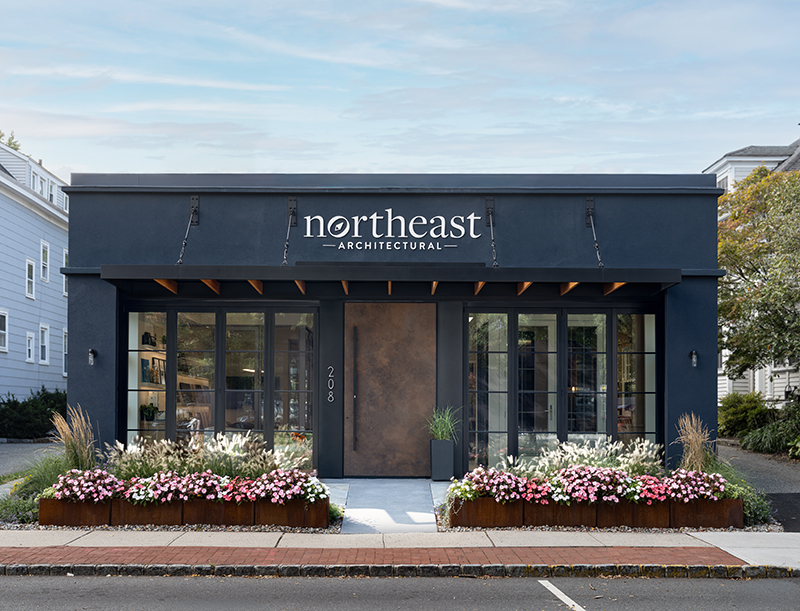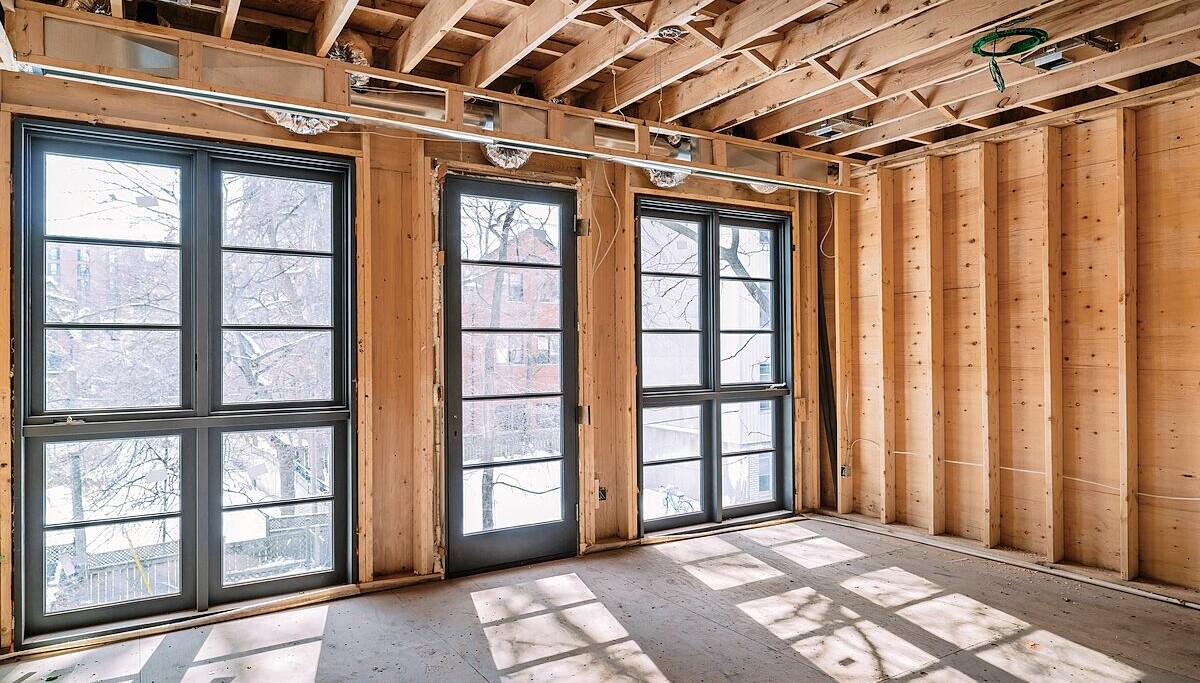Kus-kus-sum restoration project $1M away from completion

Kus-kus-sum — a community project to restore habitat in an old industrial site along the K’ómoks Estuary — is nearing completion, but the project is still short about $1 million in funding to get to the finish line.
“If we are able to close this million-dollar contribution gap, we’ll be able to finish the project and remove the wall in the winter 2025/2026,” said Caitlin Pierzchalski, executive director of Project Watershed, a Comox Valley-based non-profit that oversees the project along with K’ómoks First Nation and the City of Courtenay.
The wall she is talking about is a steel piling wall that separates the Kus-kus-sum site from the Courtenay River. It has been there since the Field Sawmill began operation on the land in 1949. The sawmill closed in 2004, but the wall and concrete foundation remained.
Pierzchalski said that though there have been many significant milestones for the project so far, this will be one of the most monumental steps because of the impacts the steel wall has on the five species of salmon that use the estuary.
She explained that the wall has very negative effects on the juvenile salmon migrating out to the ocean, as well as the salmon migrating back in to spawn, since predators like seals and sea lions use the wall to conveniently hunt the fish.
Once the river bank is restored and the wall is removed, the juvenile salmonids will be able to forage and rear in the estuary vegetation near the site, which they haven’t been able to do for more than 70 years, Pierzchalski added.
“Once we remove the steel piling wall, that’s when those salmon will really be able to get in there and we’ll be able to see the full benefits of the site.”
The Discourse previously reported on the history of Kus-kus-sum, named by K’ómoks First Nation. The name means “very slippery,” and is the same name of a nearby village that existed before colonization.
In a Salish Sea Sentinel article by Cara McKenna and David P. Ball, K’ómoks artist Andy Everson said that its name was important because it honours the traditional history of the land. The article shared how the site was not only home to a village but also near a burial site.
Wedlidi Speck, who is Kwakwakaʼwakw and K’ómoks, told the Salish Sea Sentinel that the name Kus-kus-sum may refer to traditional preparation methods for salmon.
“How they rendered parts of the salmon, over a period of time, when salmon is decaying it turns to oil,” he said.

The Field Sawmill, seen from an aerial view in the 1980s, previously occupied the Kus-kus-sum site. Photo by Dan Bowen
Kus-kus-sum restoration takes time
In October 2023, Project Watershed was looking for a new location to relocate estuarine soil from the Kus-kus-sum site. A new soil protocol changed the regulations in regards to how soil contaminants are dealt with and redistributed.
Since then, Pierzchalski said the group identified some sites for potential soil relocation, but is still working through some paperwork before confirming the sites and announcing them publicly. Project Watershed also recently hired two restoration monitoring managers.
In December 2023, the organization also announced it was a recipient of $1.5 million through the federal Aquatic Ecosystems Restoration Fund. The funding supports the restoration and enhancement of local marine systems.
Pierzchalski said that there is still quite a bit of work the organization is undertaking at Kus-kus-sum using these funds. The funds from the Aquatic Ecosystem Restoration Fund will also be used for other restoration that Projects Watershed is undertaking.

Engineering firm Urban Systems Ltd assisted Project Watershed in planting hundreds of native plants, cutting invasive broom, and mulching in May 2024. Photo Courtesy of Project Watershed
Successional species popping up
Pierzchalski is particularly excited about some of the plants that will be planted at the site, such as Sitka spruce. She told The Discourse in a previous interview that Sitka spruce was logged extensively after colonization because it was often used for masts on sailing ships.
This species also has a lot of historical importance for K’ómoks. In an article from The Tyee, K’ómoks Chief Ken Price said the Sitka spruce trees alongside the Courtenay River were often used to hang cedar boxes for tree burials.
However, before the Sitka spruce grows at Kus-kus-sum again, other plant species need to grow to promote a healthy environment, and that’s what is seen popping up now at the site.
Pierzchalski said alder and cottonwood trees have been particularly successful in the past few months.
These species are good at establishing beneficial nutrient relationships within the soil and fixing nitrogen, in turn benefitting other species. After they die off, they will leave good soil and more room for the later successional species such as Sitka spruce. She said these early successional trees are doing well on the site already.
“It’s just really cool to see, I think this year specifically, I really saw them greening up in the spring. That was really noticeable… We’re really starting to see the future of Kus-kus-sum and what it will look like in a few years time, so that’s really exciting.”
Madeline Dunnett, Local Journalism Initiative Reporter, The Discourse
Editorial Policies
Report an Error
link






